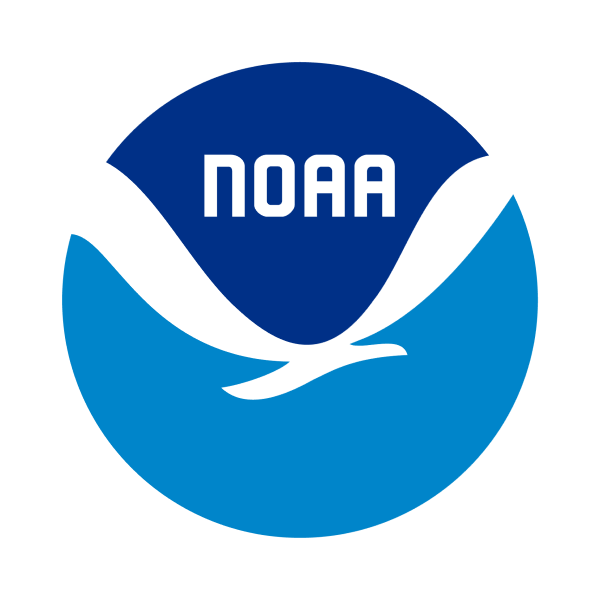Florida State University is reducing marine debris entering the St. Andrew Bay Watershed by deploying catch basin interception devices in storm drains and facilitating community outreach about stormwater pollution and prevention.
Type of Project: Removal
Region: Florida
Project Dates: October 2024 - September 2027
Who is involved?
With support from the NOAA Marine Debris Program, Florida State University is installing interception devices in storm drain catch basins to capture debris in collaboration with cities in Bay County, Florida. The project is pairing an outreach campaign with interception efforts to reduce marine debris and the challenges it poses to local municipalities, particularly after flood events.
What is the project and why is it important?
The St. Andrew Bay watershed in the panhandle of Florida is a biologically diverse estuary that provides important dune, wetland, seagrass, and reef habitat to numerous species of fish, shellfish, and other wildlife. Protecting the quality of these resources is critical for maintaining the significant ecological, economic, social, and recreational benefits to residents and tourists. Human-made debris, such as single-use plastics, enter stormwater systems and prevent proper drainage, which contributes to local flooding. In the aftermath of Hurricane Michael in 2018, a destructive category 5 event, issues related to water flow have become an increasing problem in Lynn Haven, Panama City, Panama City Beach, and Parker.
To recover smooth stormwater pathways and reduce flood risk, the St. Andrew and St. Joseph Bays Estuary Program at Florida State University Panama City is working with several local cities to install over 50 storm drain catchment devices to capture litter. Data collected during cleanouts of the storm drain catchment devices is also informing local outreach campaigns. To foster community-driven solutions to marine debris, Florida State University is hosting volunteer events with engaging activities, such as marking all stormwater drains with catchment devices, painting over twenty murals, and conducting quarterly urban cleanups.
For more information about this project, visit the Marine Debris Program Clearinghouse.
 An official website of the United States government.
An official website of the United States government. 
